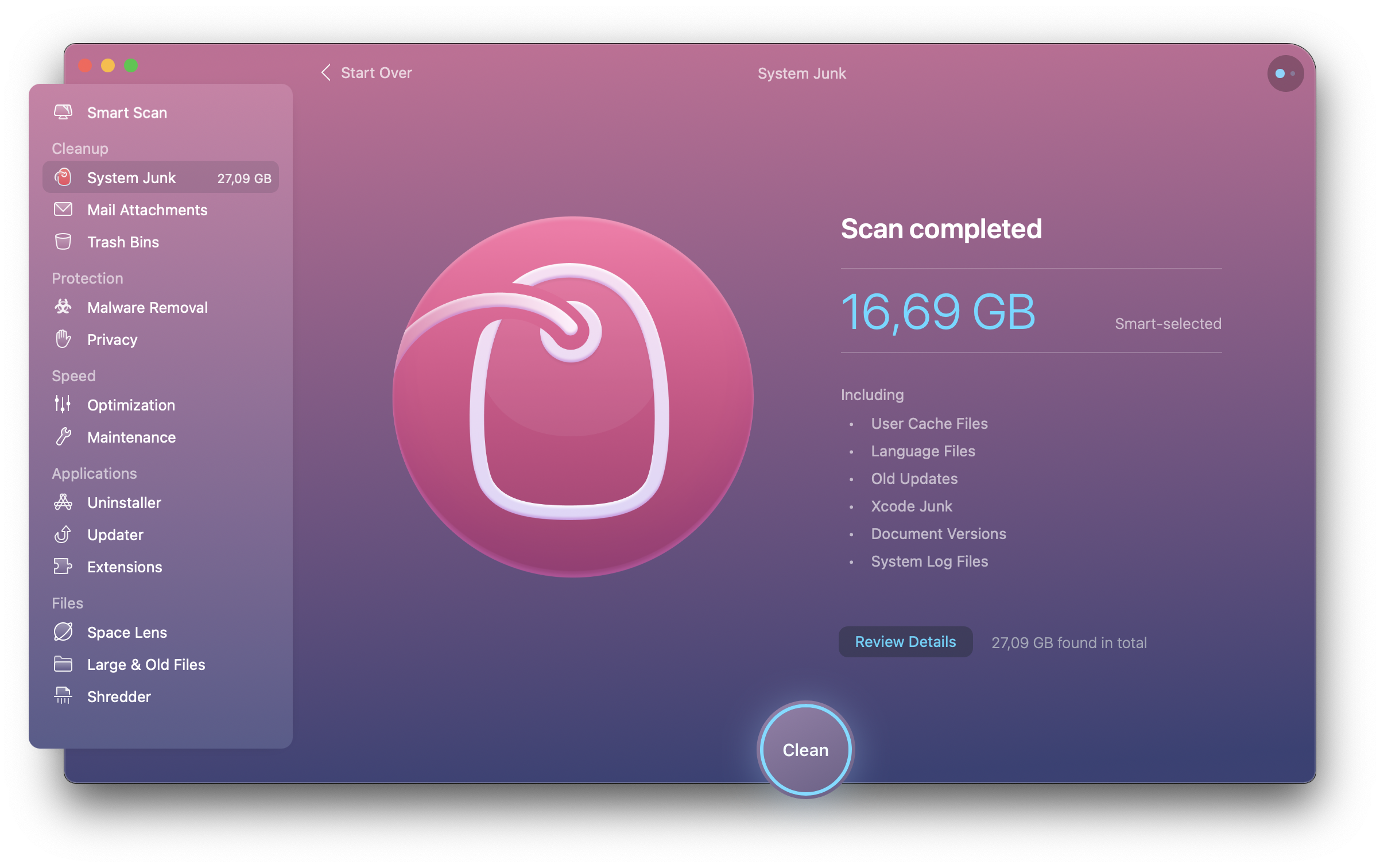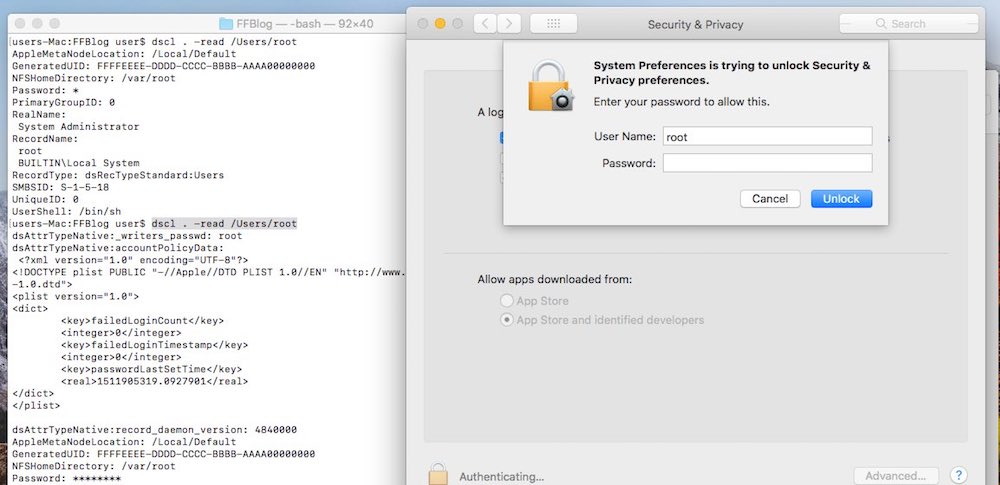If you’re thinking hackers did not hack your computer machine because you’re a small fly nobody wants to hack you. That’s your biggest mistake hackers always try to increase IP databases through hacking computers.
When hackers, hack any website or server they generally do it by opening that particular site to millions of IP addresses and hence the server in cash. So you’ve to check if you’re being targeted by the hacker or if on your mac there is any backdoor from which you’re monitored.
Ways To Check Your Mac is Hacked And Remotely Accessed
According to hackers, it is easier to hack mac in comparison to PC. There are lots of mac terminal hack commands with the help of which hackers entered into your computer. But you can also use a command line to determine whether your Mac has been used without your authorization. Step 1: Login into your Mac OS notebook using for the regular account. My Macbook Pro has been hacked via what appears to be a remote connection into my Mac. I went into Apple, and they performed a hardware test and everything was okay. They said they could wipe out all the software, but I wanted to figure out what was going on (if possible) and call Apple Legal before all the evidence was wiped clean to at least. This is where you’ll find your system-wide application log. This section contains user-specific application logs. If an application on your Mac isn’t behaving as expected, then this log can provide its developers with useful background information to help them diagnose the issue as quickly as possible.
1) Someone has hacked into my computer and set themselves up as the true Administrator and controls my computer my permission rights are limited: Go to Control Panel and see what your account type is. I have an iMac running OS 10.13.4 on an SSD(APFS) and an internal HD(Mac OS Extended) with 2 partitions, one is a CCC back-up of the SSD, and the other holds my iTunes library.
If you questioning your self “How to tell If your mac has been remotely accessed” by hackers. If you’ve felt your computer has been hacked you can easily check it and prevent using simple tools and software such as installing anti-virus on your Mac.
The answer is simple, there some ways from which you can easily determine your computer is hacked.
Must Watch This Video To Know Why Your Mac Has Been Hack
1 # Can I Tell If My Mac Has Been Hacked

To determine if your mac has been already hacked by hackers you have to know if things. First of all, you’ve to spot some sign of possible hacking.
You’ll have to consider whether anything out of the usual is happening in your notebook. You know how your computer runs better than anyone else. If you’ve noticed anything usual after starting your MacBook. The weird sign includes.
- When you try to open any file but it won’t open.
- Any Program automatically starts without running it.
- You cannot access any file or program protected by the password set up by you.
- When you’re not using your computer but still sometimes it’s connect to the internet automatically.
- File contents have been changed but your not who change them
- Your Printer not working but all look fine.
- The wired warring message shows up on the screen.
- Go online and check your online account passwords.
There are lots of signs from which you can easily detect your computer is hacked by somebody or there is a backdoor on your computer which remotely accessed by the hacker.
2 # Go online to check your Online Accounts through Private Browser
When you try to login into your online account such as an Email Account you see a password failure. If you’re feeling you’re already hacked then, in this case, check your online account using a private browser. Because private browsing is safe and secure.
You can also notice if your network connection is redirected to another IP address or computer. Lots of small hackers try to hack networks to enjoy free internet but they can also remotely control your computer.
When you’re browsing through the web browser you may also see an extra browser open up automatically without doing anything. If you own a domain for your website or blog you can access it after getting hacked.
3 # Anti-Virus Stop Working When Mac Computer Has Been Hacked
In Mac, if you already installed an anti-virus then this the best thing you’ve done to secure the notebook. To find out if your mac address has been hacked. You can easily check it out by scanning your Mac.
Usually, Mac users have to scan its system regularly to know if check anything usual such as the trojan virus. Trojan Virus is a virus created by hackers these viruses contain backdoor or spirits and command lines to open hidden gateways on your computer.
If you notice lots of trojan virus on your computer on the regular scan it is also a sign that your mac has been hacked.

4 # Check All Accounts Created By You on Mac Using Command Line
If you’re thinking how would I know if my mac has been hacked into. Have you notice someone has seen your information and conversation on your computer. According to hackers, it is easier to hack mac in comparison to PC.
There are lots of mac terminal hack commands with the help of which hackers entered into your computer. But you can also use a command line to determine whether your Mac has been used without your authorization.
Step 1:
Login into your Mac OS notebook using for the regular account
Step 2:
Click on Applications > Utilities > Terminal
System Log Mac Hacked 2
Step 3:
In Terminal (Command Prompt). Enter this command line “sudo -l”.
System Log Mac Hacked Client
Step 4:
Press Enter and then type account password and again press Enter.
Step 5:
Again in Terminal type following command line to open up the complete list of all accounts created on your Mac.
dscl . list /users


Step 6:
Press the “Enter” button

Now you can easily check a complete list of account on your Mac OS computer. Check whether any account is created on Mac without your permission. If your mac is hacked there are additional accounts created by hackers.
Step 7:
In this last step, check whether an account is misused by any hacker. Type gave the following command line on Terminal
last
Hit “Enter” now you can see each account on Mac’s last login date and time. Check out if there is an account that recently login without your permission.
What are log files, and what do they do?
Log files are a journal of system parameters and entries describing everything that takes place on your Mac. Any operation that is being performed is noted down in the form of logs, much like a “black box” on an airplane.
For the most part, log files contain crash reports and app errors. To us, regular users, this information bears no sense because it’s unreadable. But when you need to diagnose a problem, log files are an indispensable invention.
How to delete user log files?
Why would anyone want to delete user logs on Mac? First, deleting outdated logs may speed up some of your apps. Second, however small they are, logs still take space on your disk. And lastly, outdated logs could potentially cause software conflicts.
User logs are a part of your user profile.
They are stored at: ~/Library/Logs
You should know that deleting user logs is not an everyday operation. It may backfire if you don’t know what you’re deleting. But since you asked, here is how it’s done.
We've got two ways to do it: the manual way and the CleanMyMac X way.
How to clear log files on a Mac manually
System Log Mac Hacked Version
- Open Finder and select 'Go to Folder' in the Go menu.
- Type in
~/Library/Logsand hit Enter to proceed to this folder (pay attention to the use of “~” — this will ensure that you’re cleaning user log files, not the system log files). - Optional step: You can highlight & copy everything to a different folder in case anything goes wrong.
- Select all files and move them to the Trash.
- Restart your Mac.
Note: We recommend that you remove the insides of these folders, but not the folders themselves. Also, note that some system applications, like Mail, have their own logs stored elsewhere.
Make sure that once you have finished clearing out these logs for additional hard drive space, you empty your Trash. To do this, Control-click on the Trash icon in the dock and select “Empty Trash.” Restart your Mac afterward so your Mac can begin to create new log files.
Also, some log files can be found in the /var/log folder, but not all the items contained therein are safe to remove. That’s why it is safer to remove log files using a Mac cleaning utility like CleanMyMac X.
System Log Mac Hacked Client Windows
How to clear log files with CleanMyMac X
Rather than searching all over your Mac for log files yourself, you can clean up logs with CleanMyMac X in just 4 steps. And that’s not all it does!
Here's how to delete log files on a Mac with CleanMyMac X:
- Download CleanMyMac X (free version) and launch it.
- Choose System Junk in the left menu.
- Click Scan at the bottom of CleanMyMac X.
- Hit Clean.
Done! If you’d like to remove only log files and nothing else, click Review Details before clicking Clean. Deselect everything except for System Log Files and User Log Files, and then click Clean.
Is it safe to delete log files?
Many experienced users prefer to clean their user logs as part of their Mac cleaning routine. Though it doesn’t directly translate into speed, there is some benefit in keeping your disk clean. Some apps have notoriously large log files, especially media apps. For example, I’ve found a single log file by Elmedia player that weighted 325 MB in writing this article.
You shouldn’t delete the entire Logs folder, only delete what’s contained inside as a word of caution. As we have said, log files serve diagnostic purposes. If your Mac is doing well, there’s nothing particularly harmful in deleting logs.
Cleaning up log files with CleanMyMac X is as easy as can be. And, as we said before, it can do so much more, too! With CleanMyMac X, you can clean up outdated apps, language packs, universal binaries, and gigabytes of useless junk you didn’t even know you had. Download CleanMyMac X now and feel what it’s like to have a faster, cleaner Mac.